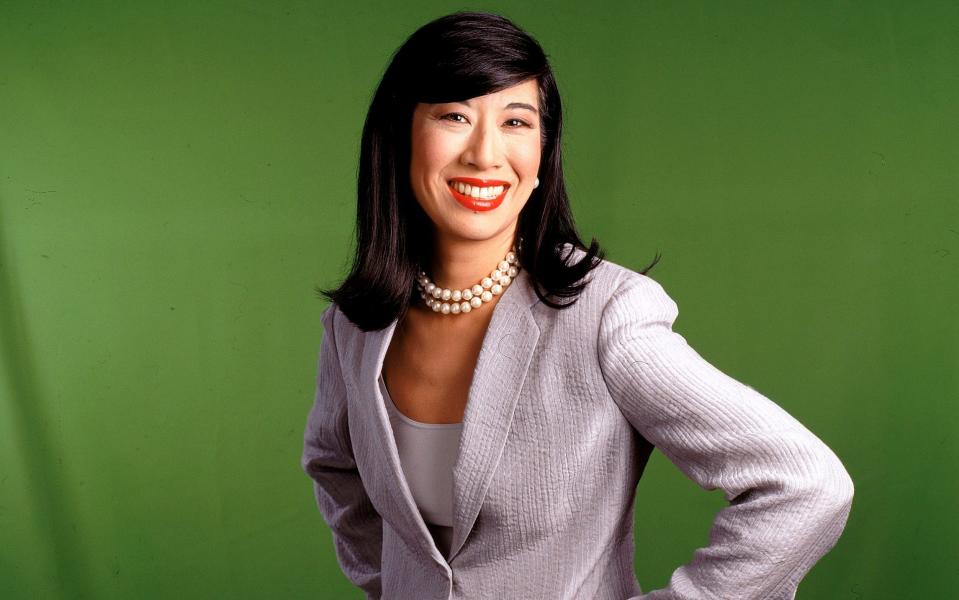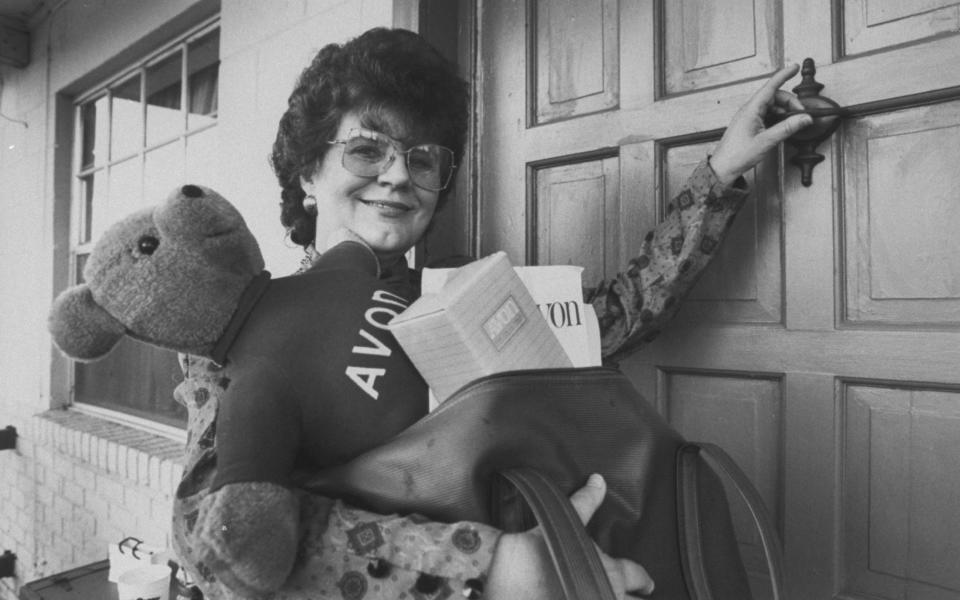At the height of its success, global beauty brand Avon sold four lipsticks every second. Now, the talcum powder that once made the brand a global hit is more likely to be at the forefront of its downfall. This week, after hundreds of lawsuits claimed that the talc in its beauty products contained asbestos—a cancer-causing agent—Avon filed for bankruptcy.
Although the company has consistently denied the claims, saying it only uses “cosmetic talc that has been tested to be free of asbestos”, it now does not have “sufficient liquidity” to pay off the £1bn it owes. In the meantime, says its CEO Andrea Jung, “they remain focused on advancing our business strategy internationally, including modernising our direct sales model and re-igniting the brand to accelerate growth”.
The company’s troubles began before the talk debacle. Founded in 1886, it was “one of the top three beauty brands in the country” a decade ago, according to its website, but it has struggled to maintain its place in an industry where products for every skin tone and type are available at the tap of a smartphone.
“I don’t envy Avon right now,” says Ruby Hammer, makeup artist and founder of Ruby Hammer Beauty. Though she once loved its lipsticks and liners and relied on its (now discontinued) Mega Effects Mascara, she says that Avon, like many heritage brands, is fighting an uphill battle against “the pace and momentum of the newer, younger brands that are constantly putting out products and content… there’s so much noise out there that it’s harder than ever to break through.”
What was once Avon’s USP – appealing to all women – simply doesn’t work in today’s market, says Anita Bhagwandas, author of Ugly: Why the World Became Obsessed with Beauty and How to Break Free“There are so many different brands now and so many offerings that are very specific and tailored to people, and I think Avon has lost its way a little bit.”

The commerciality of TikTok tutorials and celebrity beauty lines was hardly something the company’s founder, door-to-door bookseller David H McConnell, could have imagined. In the late 1800s, he saw a market in women who waited for their husbands to come home from work and offered a free gift with every purchase (plus the companionship that came with knocking on the door). The brand’s popularity skyrocketed.
His glossy catalogues – featuring rose perfume, pink and white face powder – and his first advertisement in Good housekeeping in 1906 helped change the reputation of cosmetics. A “painted face”, once considered a sign of immorality, would become increasingly acceptable in the 1920s; in 1931, Good housekeeping (then the housewife’s bible) endorsed 11 Avon products, a record at the time for one company.
By the time the brand launched in the UK in 1959, Bhagwandas says Avon had successfully turned the intimidating and often negative message of makeup marketing around.
With the help of the “Ding-Dong, Avon Calling” campaign – one of the longest-running and most successful in history – the brand became “really kitschy and fun; just a different take on beauty,” says Bhagwandas. “After the war, people were looking for a bit of joy, and I think Avon brought that.”
It wasn’t just customers who bought. Vicky Borman recalls that the brand provided both “a lifeline and a network” for her grandmother, who became an “Avon lady” in the late 1960s.


These were the company’s saleswomen, who could work on their own time and often earn their own income. (It was also a kid-friendly job; Borman, who runs her own business, says that as a child she enjoyed strolling the streets, “ringing the doorbell and yelling, ‘ding-dong, Avon’s calling!'” with her grandmother.)
According to Millie Kendall OBE, founder of the British Beauty Council, Avon started peer-to-peer selling “before the internet. It’s very modern in a way. Their consultants were the first influencers,” she says.
But while “these brands were at one point modern and forward-thinking”, Avon has withered in today’s £28.98bn UK beauty industry. It’s a challenge for all the older companies (a trait respected by fashion buyers, but less so in cosmetics), which “struggle to keep up with the pace of innovation that newer brands are adopting”, says Shiyan Zering, beauty and personal care research analyst at Mintel. This “can[s] which puts them at a disadvantage when it comes to preserving consumer interests.”
Avon has also struggled to produce the hero products that were once so popular. While Skin So Soft is still a favorite for killing mosquitoes, there haven’t been any recent launches that generate a similar buzz or dominate the online conversation.


Their social media efforts have also been slow. Last year they announced they would be opening their first ever physical stores, even amid the decline on the high street. The plans never came to fruition, but the sense that Avon was still living in a different era was only reinforced.
“Despite all the ways they tried to reinvigorate the brand, it always felt outdated,” Bhagwandas says. “I don’t know how you turn a brand like that around… That’s probably part of the problem.”
Hammer adds that the personal touch is still important to buyers, but that Avon needs to make more of an effort to move with the times, such as swapping events for livestreams or offering samples with QR codes that can be scanned to provide how-tos. (Kendall suggests that shouting more loudly about the charity work they do would also help their cause among ethically conscious consumers.)
It’s a tough ask for Avon—and that was before the legal troubles. Still, some in the industry are optimistic that the brand, with a significant shift in strategy, isn’t done yet. Buyers love a shiny new product—but they love a comeback story even more.